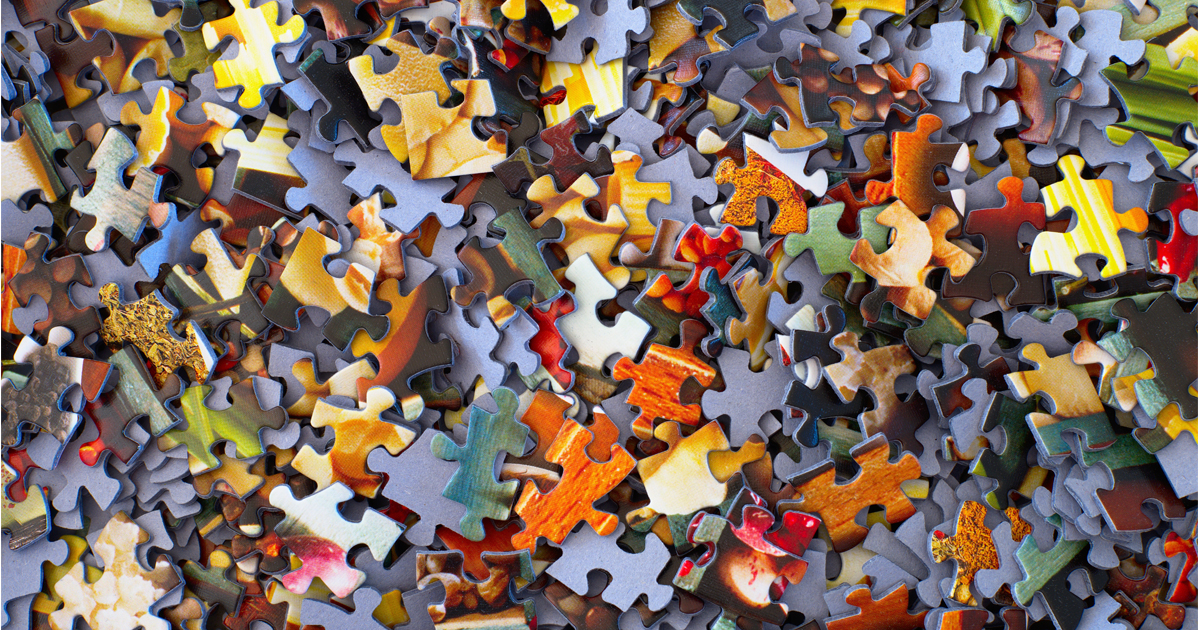Working with experts on the field is always more efficient than trying to make an impact alone. NGOs have learned this through years of experience and mistakes, but nowadays, brands are taught this critical lesson. Working with local experts is faster, can lead to more meaningful knowledge and impact, and far less painful. Actually, it is often the only way to succeed…
Scaling a company’s impact is requires a huge investment of time, money and resources. Scaling impact can mean weakening the business on the short term and taking time from a company’s team. And, even if it is not scaled well, it is often still communicated externally. This is what is commonly known as “greenwashing,” which is now known to be a huge strategic mistake.
Meanwhile, a well-scaled impact can become a great added value for business in the long term. Impact at the right scale can nourish the brand, and even become key market differentiator. Companies today are not only competing for products and services, they are also competing for social responsibility. In the future, Renault or Ford may stop making cars to become the world’s most advanced mobility ventures. Timberland may become the champion of new materials, ocean cleaning and second-hand clothes. Companies need that type of scaled impact, but to do so, developing their own solutions from scratch can be far too expensive and would take far too long. Competition that used to depend on price and quality is now about sustainability, and like any competition, it is not patient. You need to be fast, good, and bold.
This is why we see more and more brands around the world launching programs, operations and ventures with start-up companies to work on their field of impact. In the beginning, the brand movement was only about digital transformation (such as LVMH “Kendo” digital lab, BNP Paribas’s Plug&Play or L’Oréal’s Beauty Tech Atelier). In the 2000s, it was about having a new website. Now there is a global cultural transformation around impact, and brands cannot afford doing things by themselves. They have power, market access, and resources, but they need speed and innovation that goes further than the current products and markets.
Now, two things are happening simultaneously: digital transformation is no longer enough. Impact is mandatory if you want to keep running the race, and sustainability & branding are following the same path. What was about writing great sustainability reports a few years ago is now more about a total cultural shift. The “logo and name” has now become a new vision that goes from HR strategy to products and local impact, and it may soon be free of any products.
This is why big brands need to join forces with start-ups and NGOs to build and scale their social impact. The gap is huge between what they always believed and what the world is becoming. On one hand, those who understand this shift are too small and need to scale. On the other hand, brands need to try and figure out what to do, and they have access to markets and capital. They need innovators, not only to create their next “big thing”, but simply to understand, address and scale the right impact. Many large global brands understand this: Coca-Cola, Aviva and Dell already have their own social incubators, and Tech Incubators (even the biggest one, Station F in Paris) are now more and more including social impact in their programs.
Collaboration and innovation are not only a matter of David connecting with Goliath. Furthermore, experts and cutting-edge innovators are not always the best partners to make innovation thrive. Sometimes, working on the same issues together and connecting different minds and roles, is the best way to find fresh and efficient solutions, and design an unexpected future. Collaborative innovation can happen, and HAS to happen between brands, companies, from diverse sectors, size, and countries. An American, brick-and-mortar car manufacturer may have a lot to learn from a French yoghurt family company; Chopard (the luxury brand) and Samsung would probably be the best partners to work on precious metals, and Guerlain, Clarins, L’Oréal and Yves Rocher already decided to join forces (among others) to address impact in their thousands of supply chains.
This might be the best argument for the already famous B Corporation community: interdependency. Covering more than 130 sectors in 50 countries, from a 2-person consulting entity based in Dallas to a global French food company with more than 100,000 employees; the most important business movement of the last 20 years is actually an enormous group of people and business trying things together to create a greater impact.
Actually, this “impact” thing might be the key to collaboration. In any situation, group and company, doing things by ourselves is always faster. But collaborating enables us to scale and go further. Finding a way to collaborate on any level is key for companies, and defining a clear purpose, a social mission, helps greatly.
Join me at SB’18 Vancouver, June 4-7, 2018 in the “How Brands Can Scale their Work on The Good Life through Acquisitions and New Business Ventures” session on Wednesday, June 6, 2018 to learn new ways to partner and innovate together, with organizations big and small, to achieve shared goals. See you in Vancouver!

By Guillaume de Vesvrotte, Chief Sustainable Innovation Officer, Pixelis
May 21, 2018


